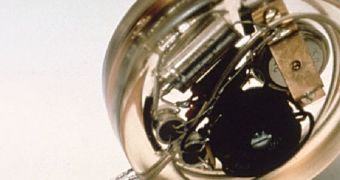Scientists at the Stanford University School of Engineering announce the development of an implantable cardiac device, which fits inside a cube that is just 8 tenths of a millimeter on the side.
The advanced device, details of which appear in a recent issue of the esteemed journal Applied Physics, could set the stage for the creation of permanent pacemakers, as well as new brain stimulators.
An interesting aspect of the instrument is that it's powered wirelessly, through radio waves, from outside the body. The power transfer can occur through 5 centimeters of tissue, something that was not possible until now.
Perhaps the most important benefit of the new technology is that patients will no longer have to undergo battery-replacement surgery once every few years, e! Science News reports.

 14 DAY TRIAL //
14 DAY TRIAL //